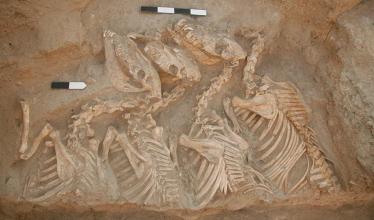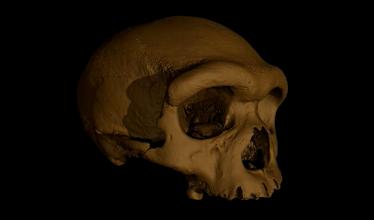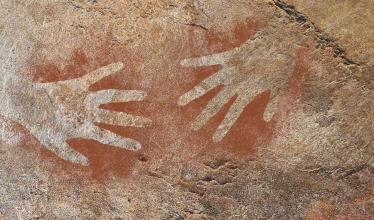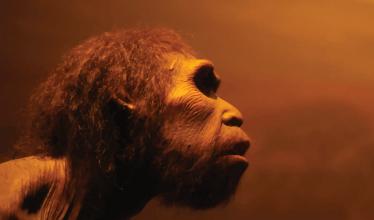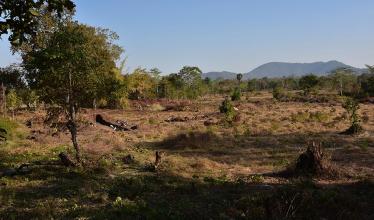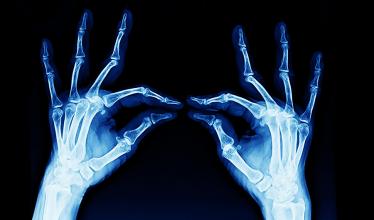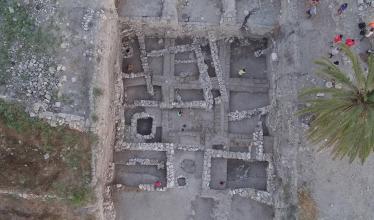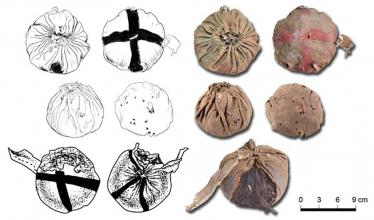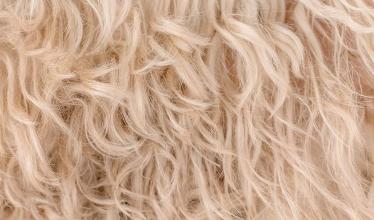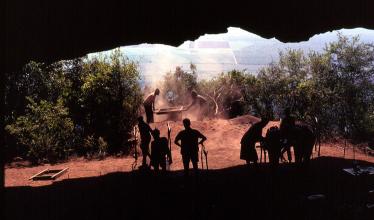Archaeology
The kunga, a highly sought-after technological advance in Mesopotamia, may be the oldest known hybrid animal bred by humans.
The skull was found in China, and it belonged to a man who lived at the same time as Neanderthals and ancient Homo sapiens.
Ancient stencils of hands with "mutilated" fingers may actually show a type of sign language used for hunting or silent rituals.
For the first time, researchers have obtained the nuclear DNA of archaic humans from cave sediments.
Understanding how magnetic fields change is crucial for protecting communications networks and power grids.
Fossil hands help solve the puzzle of when humans gained manual dexterity.
Analysis of dental plaque more than 3,000 years old reveals traces of proteins from bananas, soybeans and turmeric.
The hair-filled balls were discovered in a 3,000-year-old cemetery in northwestern China.
New research reveals the economic importance of “wool dogs” to the Native American peoples of the Salish Sea.
Findings suggest sound was not the primary focus of the Stonehenge architects.
Ancient site suggests early humans controlled fire and used plants to ward off insects.

